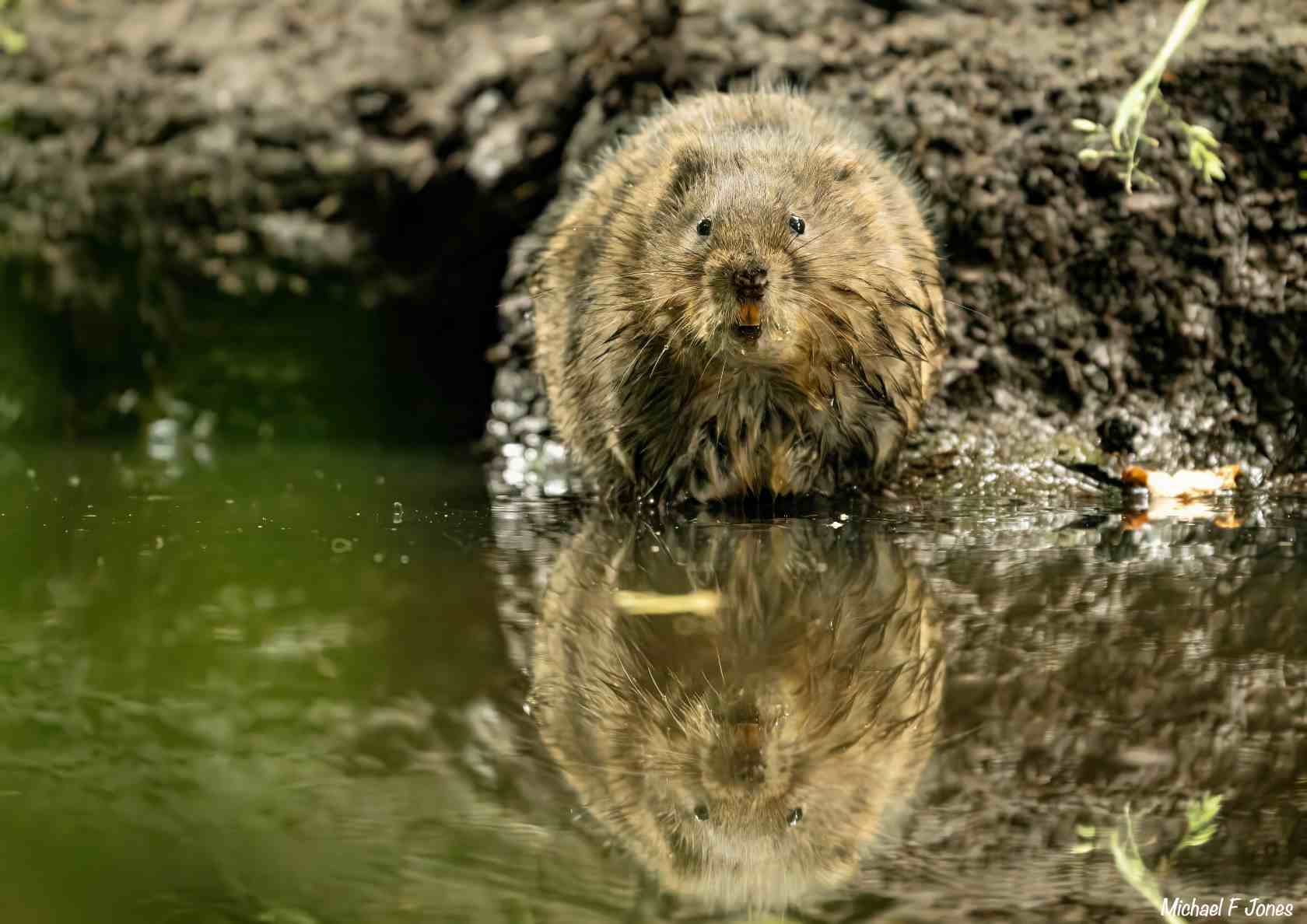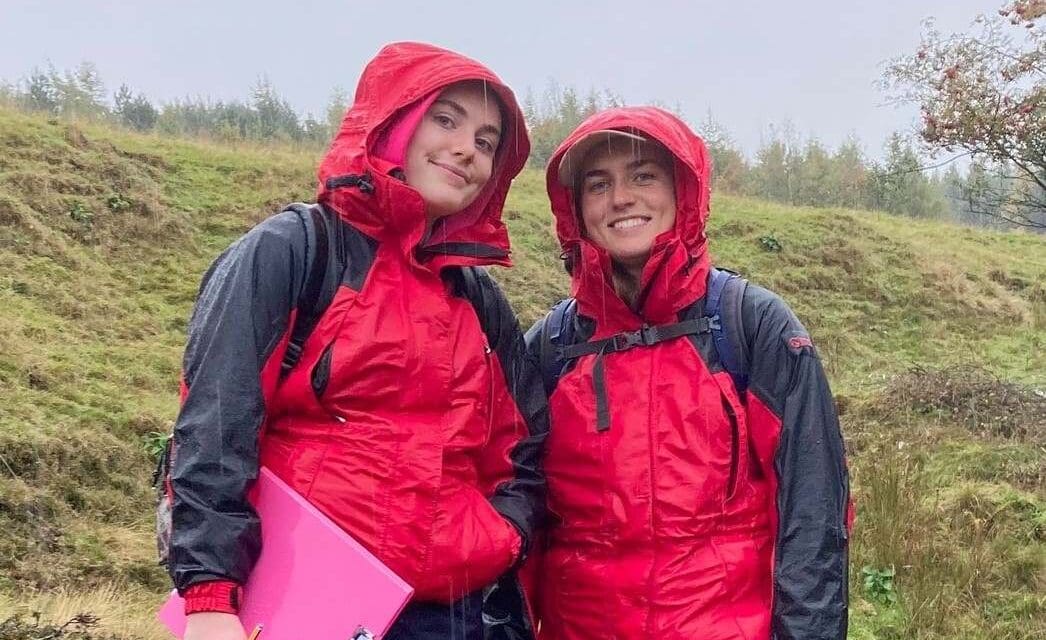A student’s work is breathing new life into a charity’s landscape recovery effort.
During her student placement with local charity River Holme Connections last year, Tasha Houghton undertook a project to assess the feasibility of releasing water voles back into the Holme Valley.
This marked a significant milestone for the Honley charity’s efforts to improve the Holme Valley’s biodiversity.
Her research included desk-based surveys, habitat suitability assessments and ground field sign surveys, all aimed at identifying the most suitable release sites and estimating the existing water vole populations.
Tasha, of Holmbridge, who is studying wildlife conservation at Nottingham Trent University, said the water voles had been reintroduced to help restore habitats, assist with species recovery and biodiversity.
Tasha said: “Water voles are not just charming creatures, they’re nature’s architects. Their burrowing and soil aeration activities have far reaching effects on their surroundings, especially riverbanks, leading to increased plant biodiversity.
“Water voles have distinctive features. A plump, round body covered in dense waterproof fur which can vary in colour from brown to reddish-brown. Their tails are relatively short.”

Water voles have faced a catastrophic decline in the UK, with populations plummeting by an alarming 97% since the 1970s.
They are now classified as a ‘Schedule 5 Species’ under the Wildlife and Countryside Act 1981, affording them the highest level of legal protection.
Factors such as habitat loss, climate change, and predation by invasive non-native species such as American mink have precipitated this decline, necessitating urgent conservation measures.
Recognising the critical role played by water voles as ‘mini-ecosystem engineers’, Tasha, with the support of volunteers, conducted field sign surveys during the breeding season. This extended from spring into late summer when water voles are most active. These surveys spanned from the upper catchment down to Holmfirth.
Encouragingly, water vole signs were discovered, providing strong evidence of their presence and adaptability to a range of habitats, including rivers, streams, ponds, ditches and marshes.
Tasha’s work forms part of the ‘Nature’s Holme Landscape Recovery’ project – one of 22 nationally important pilot projects.

















